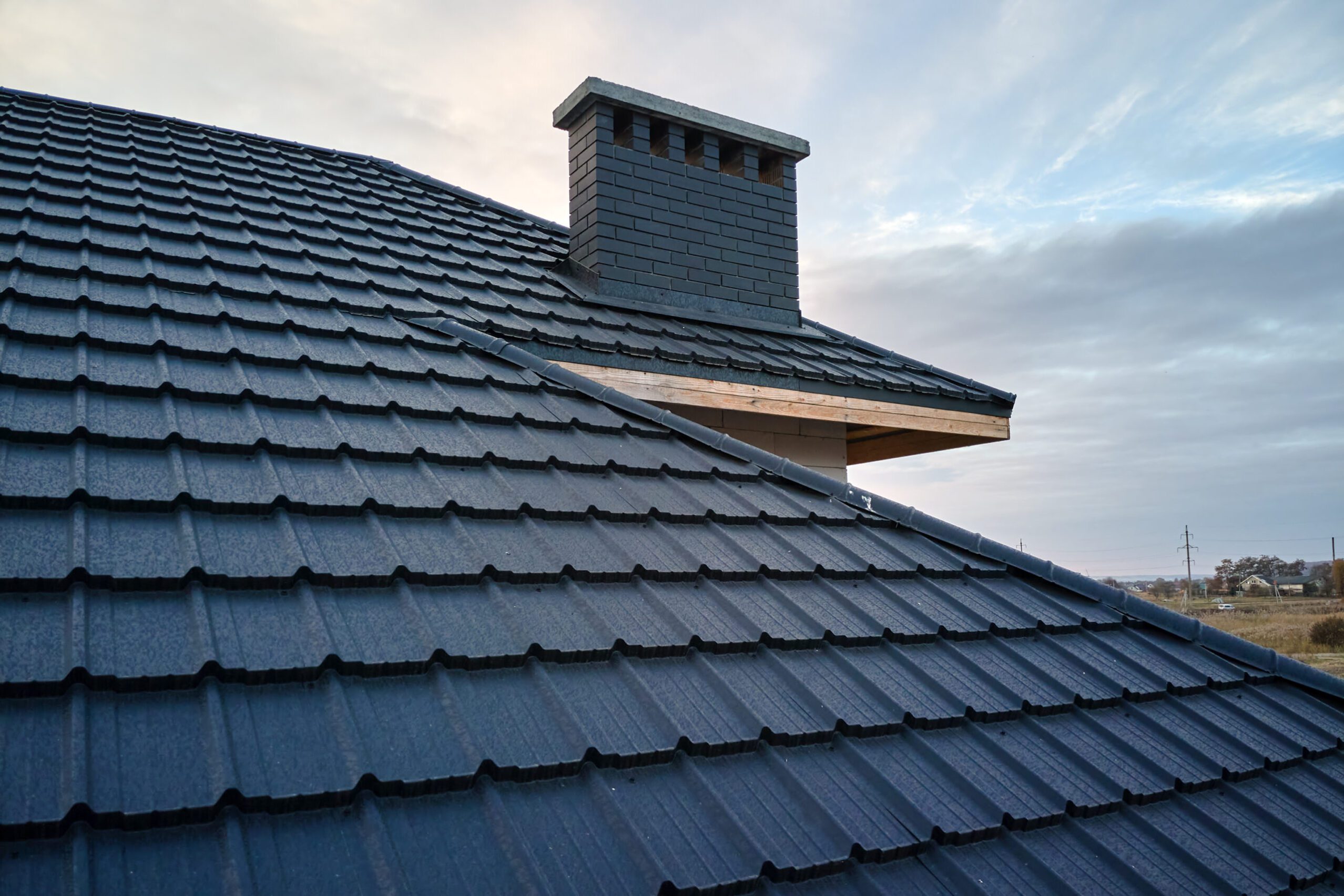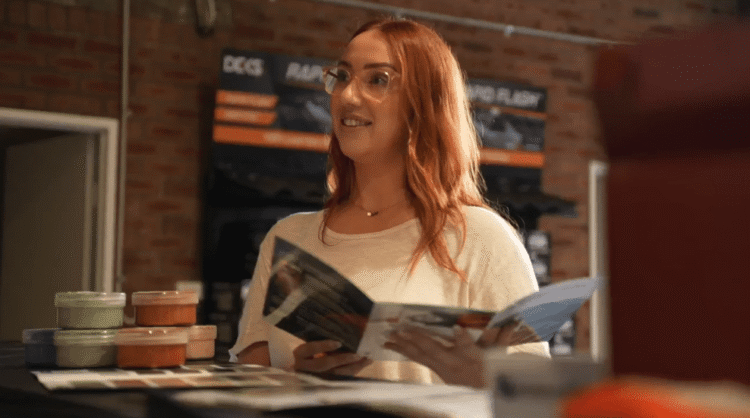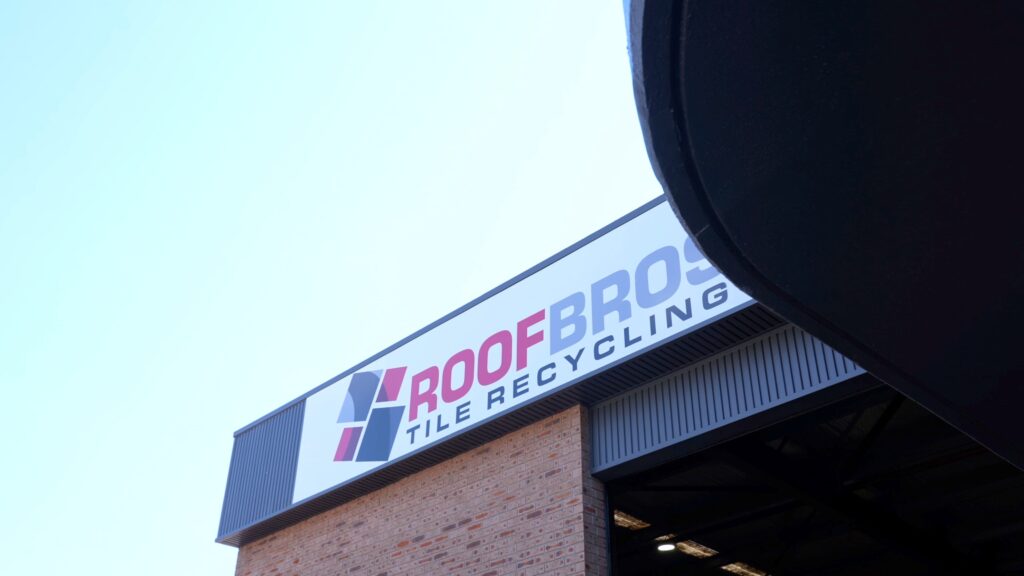We've expanded! RoofBros new Penrith location now open.
Sydney’s Trusted Source for Quality Recycled Roof Tiles & Roofing Supplies.
Sydney’s Trusted Source for Quality Recycled Roof Tiles & Roofing Supplies.
When people think about their roof, it’s usually the outer shell that comes to mind, the tiles or the metal sheets. But the roof is made up of several layers, each of which plays an important role. There is one system that doesn’t get nearly enough credit: the roof underlay or sarking.
This acts as a secondary barrier, sitting just below the external roofing materials, protecting your home from the elements. In fact, it often prevents costly damage before you even know there’s a threat! Most homeowners never see it, but without it, even the best-looking roof wouldn’t hold up for long.
If we want our roofs to last and truly protect what’s inside, we need to understand what’s going on beneath the surface. In this post, we’ll unpack everything you need to know about roof underlays and sarking, from what they are, why they matter and how to choose the right one.
Roof sarking and underlay are a critical, often unseen layer of your roof system. It does the heavy lifting when it comes to keeping your home weather-tight, energy-efficient, and protected.
But what exactly is it?
Roof sarking is a flexible, laminated membrane typically installed beneath your primary roofing material during construction or renovation. Rolled out in overlapping sections, it creates a continuous protective layer between your roof structure and the elements, and it serves a lot more functions than people realise.
First and foremost, sarking acts as a weather barrier. It protects against wind-driven rain, airborne dust, and debris, keeping the roof cavity dry and clean. It’s not fully waterproof, and it’s not designed to be, but a quality underlay is water-resistant enough to protect your home if the outer layer fails or during intense weather conditions.
In bushfire-prone regions, sarking is designed to resist embers and reduce the chances of fire spreading through the roof cavity. Fire-retardant underlays are tested to meet strict Bushfire Attack Level (BAL) requirements and won’t support combustion.
Combined with non-combustible insulation, these materials can provide a serious buffer against fire, which can make all the difference in a bushfire emergency.
Sarking is also acts as another layer of insulation in the home. It reduces heat gain in summer and heat loss in winter, helping to maintain a more stable indoor temperature year-round.
By creating a sealed layer that limits air movement and drafts in the roof cavity, sarking boosts the effectiveness of traditional insulation. Reflective foil sarking, in particular, bounces radiant heat away from the roof space, with some products capable of reflecting up to 97% of radiant heat when installed with an appropriate air gap.
One of the silent threats to any roof is internal moisture. Condensation forming in the roof cavity can lead to mould, rot, and long-term structural damage. Sarking helps regulate moisture by allowing vapour to escape while blocking external water from getting in.

Reflective foil sarking is one of the most popular options across Australia. It is a non-permeable, laminated membrane that features a foil layer to reflect radiant heat away from your roof cavity, working much like a survival blanket for your home.
It’s a top performer in warmer regions where solar heat is the main enemy. When installed with an air gap, it can provide R-Values (measures how well a material resists heat flow. The higher the R-Value, the better the insulation.) up to RT1.8
Benefits of Reflective Foil Sarking:
When it comes to managing moisture, the choice between non-permeable and permeable membranes plays a key role.
Non-permeable membranes create a complete vapour barrier, blocking moisture from passing in either direction. These are typically best suited to warmer climates where the primary concern is keeping external humidity out.
On the other hand, permeable membranes are designed to allow internal water vapour to escape while still preventing liquid water from entering, making them ideal for cooler or mixed climates, and especially useful in modern, tightly insulated homes where condensation and mould can become an issue. Your decision will ultimately depend on your local climate, insulation setup, and how well your roof space is ventilated.
Breathable underlays are also gaining traction across Australia, particularly in newer homes. These products are designed to allow water vapour to escape, helping to prevent the buildup of moisture that can cause rot, mould, or damage to insulation.
Types of Breathable Underlays:
While traditional roofing felt was once the go-to roof underlay material, the Australian market now favours modern synthetic membranes. Though more affordable upfront, traditional felt underlays are heavier, less breathable, and prone to degradation over time, especially under the harsh Australian sun.
As a result, most modern builds and renovations now lean toward synthetic solutions. This is mainly because they are lighter, more durable, and offer better overall performance. Synthetic underlays are also easier to handle and install, thanks to their larger roll sizes.
They also provide better UV and moisture resistance, with many products offering enhanced breathability or reflective properties that help regulate roof cavity temperatures.

Not all roofs are built the same, and choosing the right roof sarking or underlay comes down to several factors, including your local climate, roof design, and specific weather protection needs.
Metal roofs are particularly prone to damage from condensation, making sarking essential for moisture control and improved thermal performance. In warmer regions, non-permeable, reflective foil membranes are a great choice. They help reflect radiant heat away from the roof cavity, improving energy efficiency and keeping interiors cooler.
In cooler climates, a vapour-permeable membrane may be more suitable. These allow internal moisture (typically from heating) to escape while still blocking rain and external moisture from entering, an ideal setup for preventing condensation and mould in well-insulated homes.
Installation makes a big difference, too. For optimal performance, sarking should be rolled out horizontally (parallel to the eaves) and fixed beneath the battens. This allows water to drain down lap joints while maintaining space for airflow between the sarking and the roof sheet.
If the sarking is being installed vertically (from ridge to gutter), keep these tips in mind:
Tiled roofs benefit from breathable sarking membranes that stop moisture from entering while still allowing trapped air to circulate. This breathability is especially important under tiles, where gaps can allow wind-driven rain and dust to enter the roof cavity.
During installation, it’s essential to overlap sarking sheets by at least 100mm to form a watertight seal. This overlapping helps work in tandem with the tile layout, protecting against wind and rain that might otherwise find its way in.
Roof pitch plays a major role in the type of sarking you’ll need. Steeper roofs allow water to run off more easily, making standard water-resistant sarking a suitable choice.
Low-pitch roofs (below 10°), however, have a different challenge. Water is slower to drain and more likely to pool, which increases the risk of leaks. In these cases, a fully waterproof membrane, not just water-resistant, is recommended. These provide an added level of protection necessary for low-slope designs, ensuring that moisture doesn’t seep through and cause long-term structural issues.
Australia’s climate is anything but one-size-fits-all so matching your sarking or underlay to the environment it’s exposed to is one of the most important decisions you can make for long-term roof performance.
In hot and sun-drenched areas, reflective foil sarking is a smart pick. This non-permeable membrane works by deflecting radiant heat away from your roof cavity, helping to reduce internal temperatures and cut down on cooling costs. It also offers solid moisture protection, a crucial feature during storm season or when humidity spikes.
In contrast, cold-climate roofing needs something different. When warm air from inside the home meets cold roof surfaces, condensation can form, and over time, that moisture can wreak havoc on your roof structure. Vapour-permeable membranes allow moisture from within the roof cavity to escape, reducing the risk of mould, mildew, and timber rot.
For homes in areas that swing between extreme heat and cold, high-performance synthetic underlays are a must. These materials are built to withstand scorching temperatures and stay flexible in freezing conditions, offering year-round protection no matter what nature throws at you.
Humidity and moisture can be your roof’s worst enemy. In wet or tropical climates, managing internal moisture is just as important as keeping the rain out. That’s where highly permeable (Class 4) are a must. Their microporous structure allows trapped vapour to escape quickly, helping prevent dampness, mould, and insulation damage. These are especially valuable in modern homes with tight insulation and limited airflow inside the roof cavity.
On the other hand, homes in drier climates, particularly those with metal roofs, often benefit from non-permeable sarking. These act as full vapour barriers, stopping moisture movement in both directions.
Coastal properties and homes in windy areas face a different kind of challenge. Strong gusts and driving rain put constant strain on your roof system, so your underlay needs to be built for it. Look for tear-resistant, reinforced membranes rated for “Extra High” wind zones. These modern synthetics offer exceptional strength and are far less likely to rip or shift during wild weather.
Installation also plays a huge role in wind protection. Even the toughest underlay won’t hold up if it’s poorly installed. Overlaps need to be correct, fixings must be secure, and the entire layer should be tensioned and sealed according to best-practice guidelines.
Like any part of your home’s structure, roof sarking and underlays also need occasional attention to stay effective. While this secondary barrier often works silently behind the scenes, damaged or worn sarking can leave your roof vulnerable to leaks, heat loss, and structural damage, so keeping an eye on it is key.
Yes, you don’t always need to rip off your entire roof to fix sarking issues. Small holes or tears can usually be patched using specialised sarking repair tapes, which restore the moisture barrier and help insulation do its job properly.
For more serious damage, professional repair services may be required. There are two main repair approaches:
However, larger sections of compromised sarking may require a more involved process. In these cases, roofing materials like tiles or sheets will need to be carefully removed, battens lifted, new sarking installed, and everything put back together. This is precision work best handled by experienced roofing professionals.
It’s not always obvious when your sarking is underperforming, but there are some warning signs that indicate the need for repairs or replacement:
When installed properly and made from quality materials, roof sarking can last decades, with some roofing underlays rated for up to 50 years. But like anything exposed to the elements, its lifespan depends on a few key factors:

Your roof underlay may be out of sight, but it should never be out of mind. It’s one of the most crucial yet often overlooked layers protecting your home from weather, moisture, and temperature extremes. Choosing the right sarking depends on many factors, from your local climate and roof type to the level of protection you need.
As Sydney’s trusted roof product suppliers, Roof Bros are here to support you every step of the way. Whether you’re after new or second-hand roof tiles, roof coatings, safety products, or expert advice on sarking, we offer a comprehensive range with fast delivery and a customer-first approach. No matter your roofing questions, we’re ready to help! Browse our online selection today!